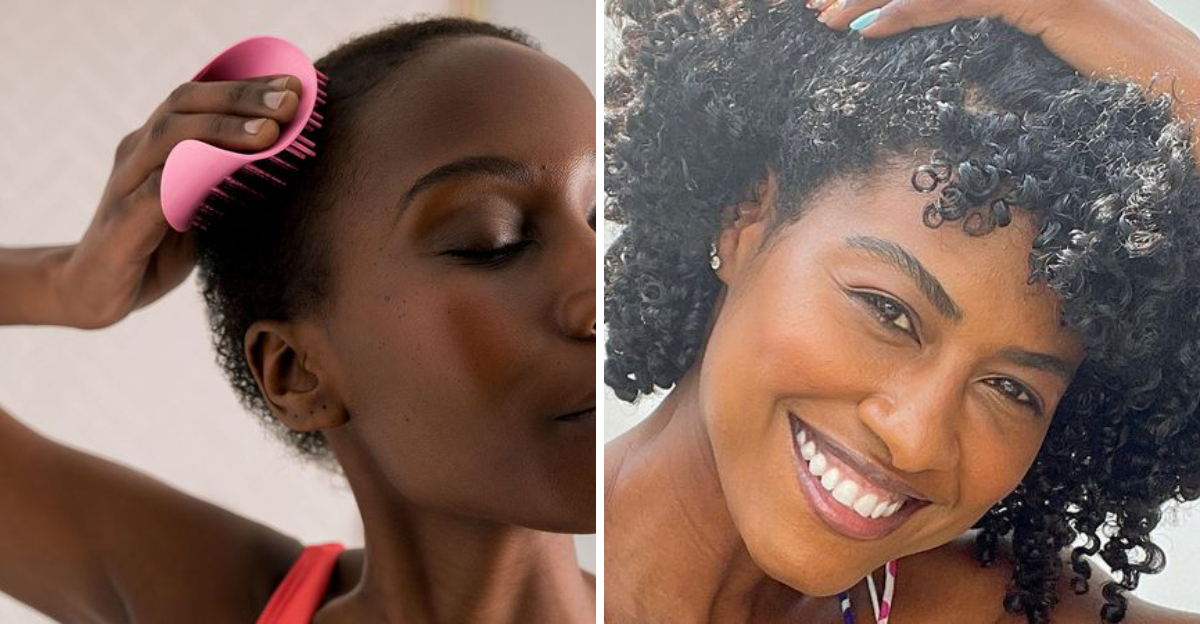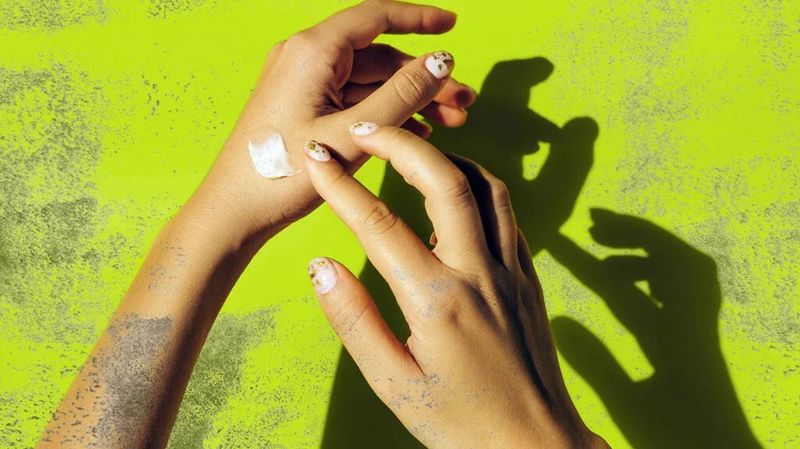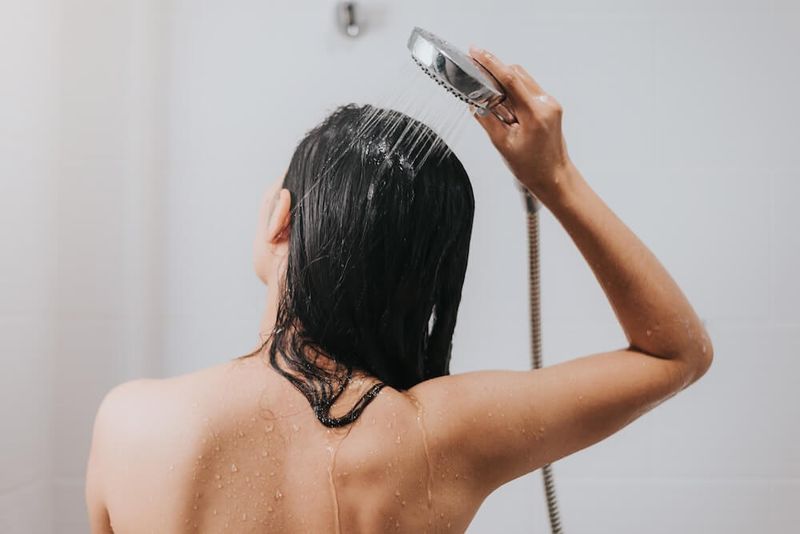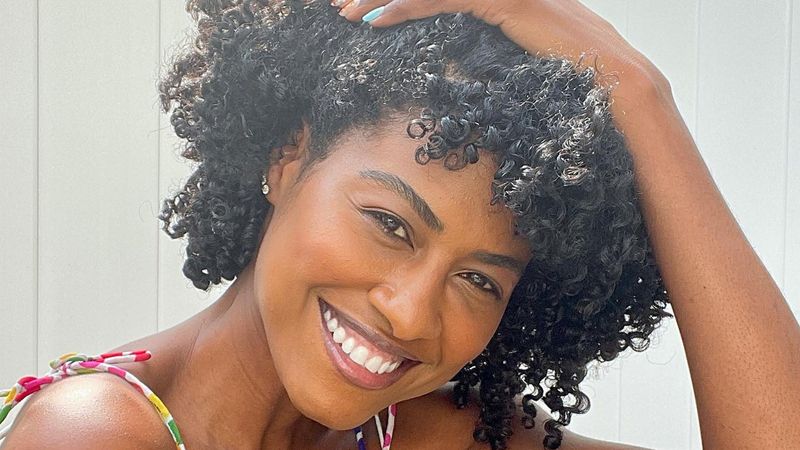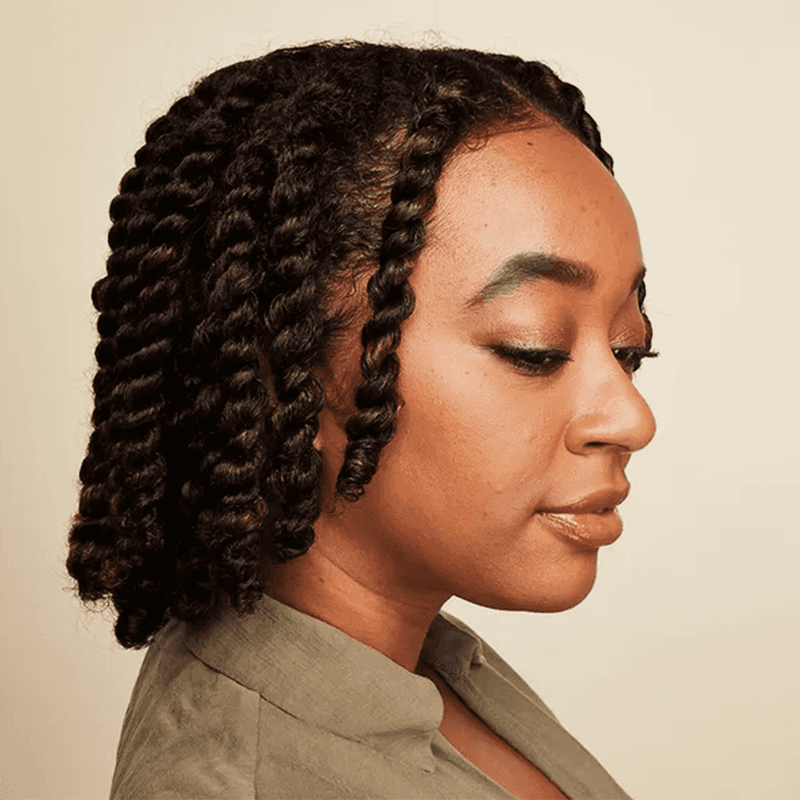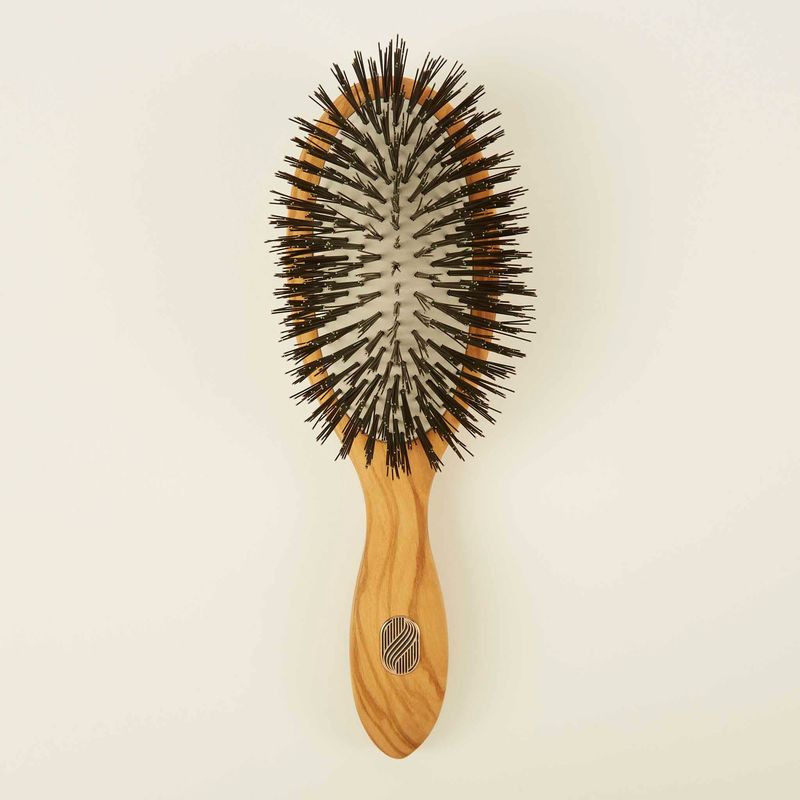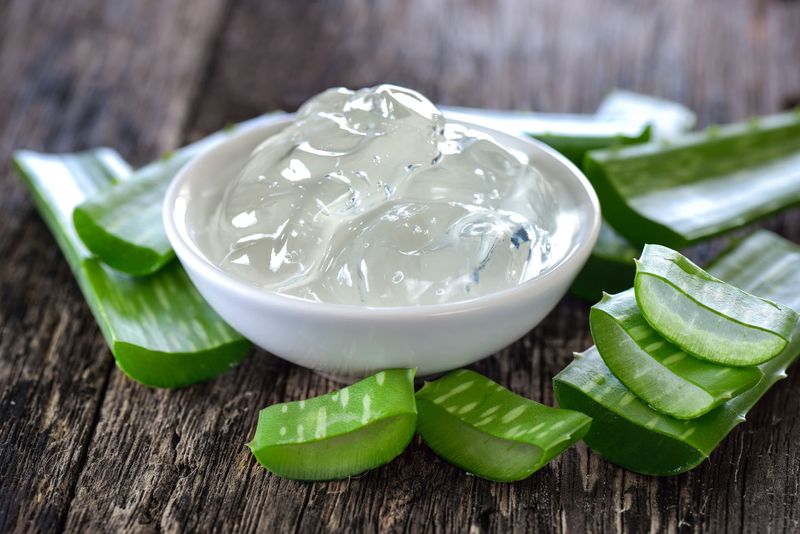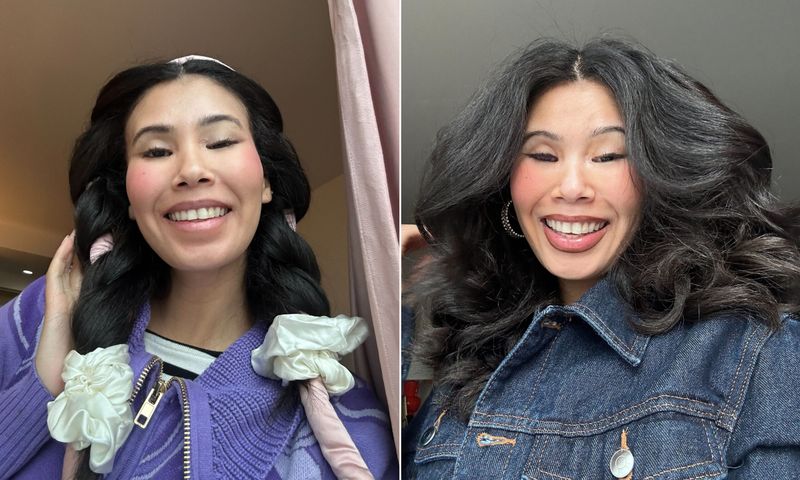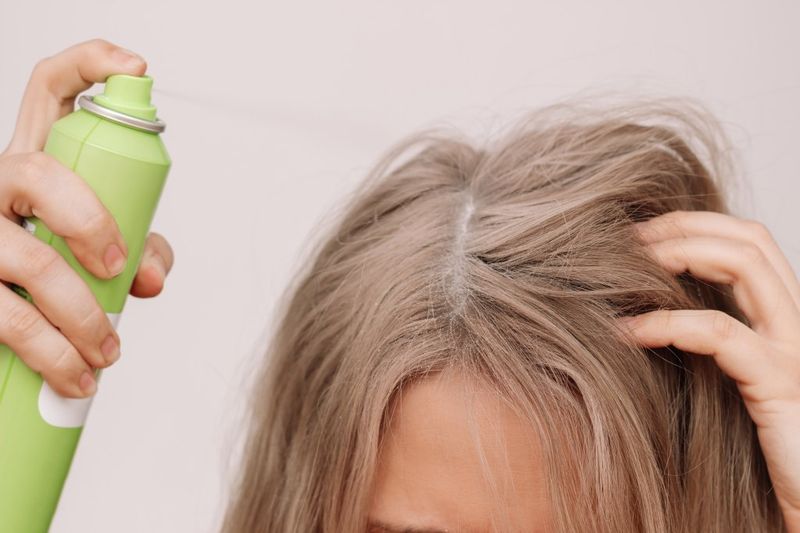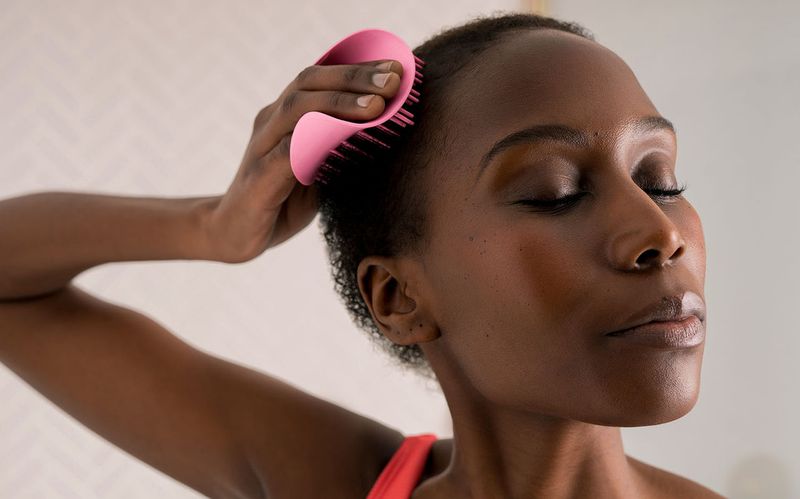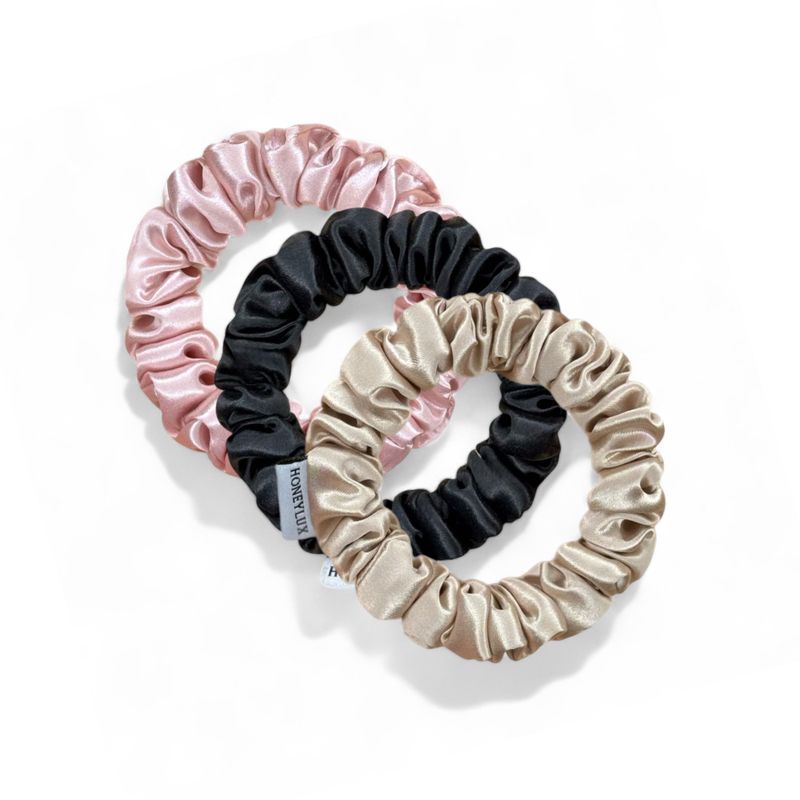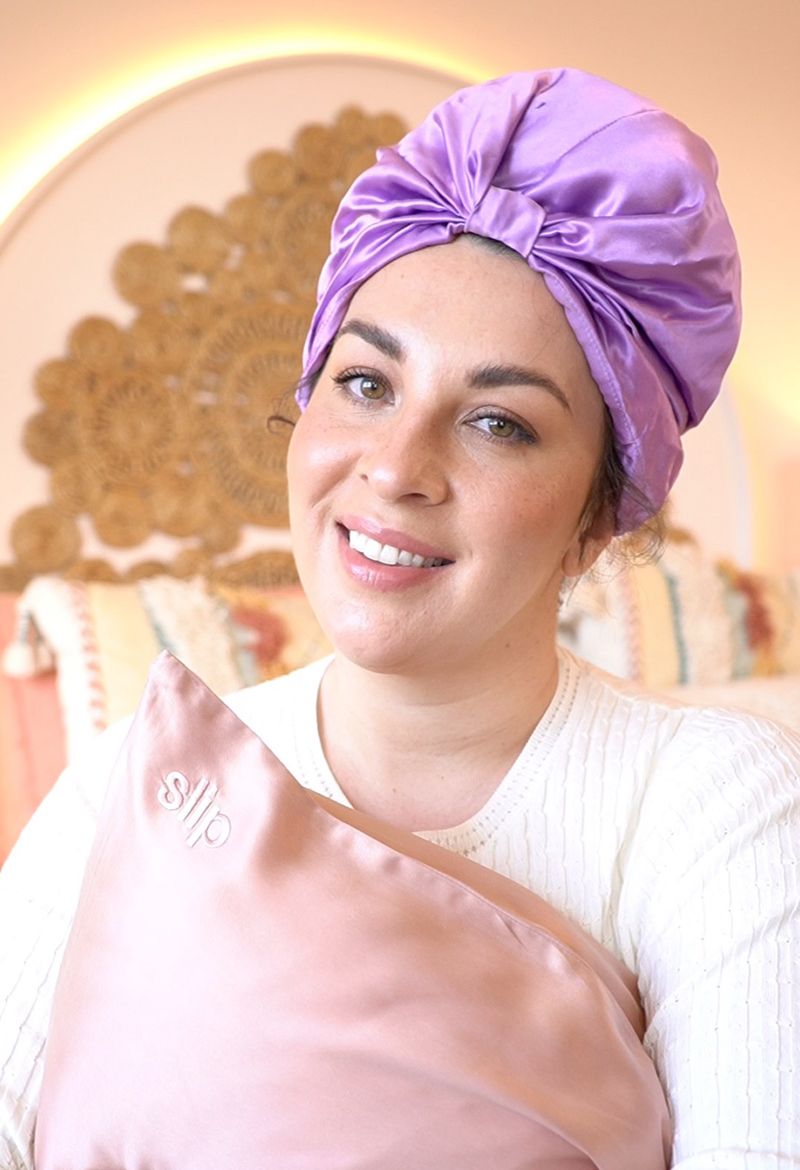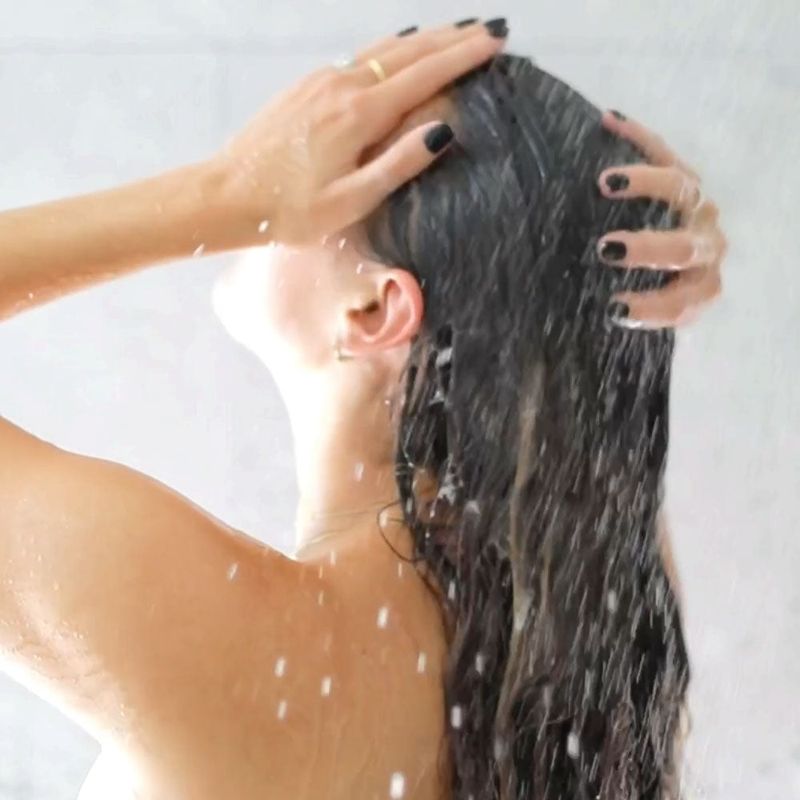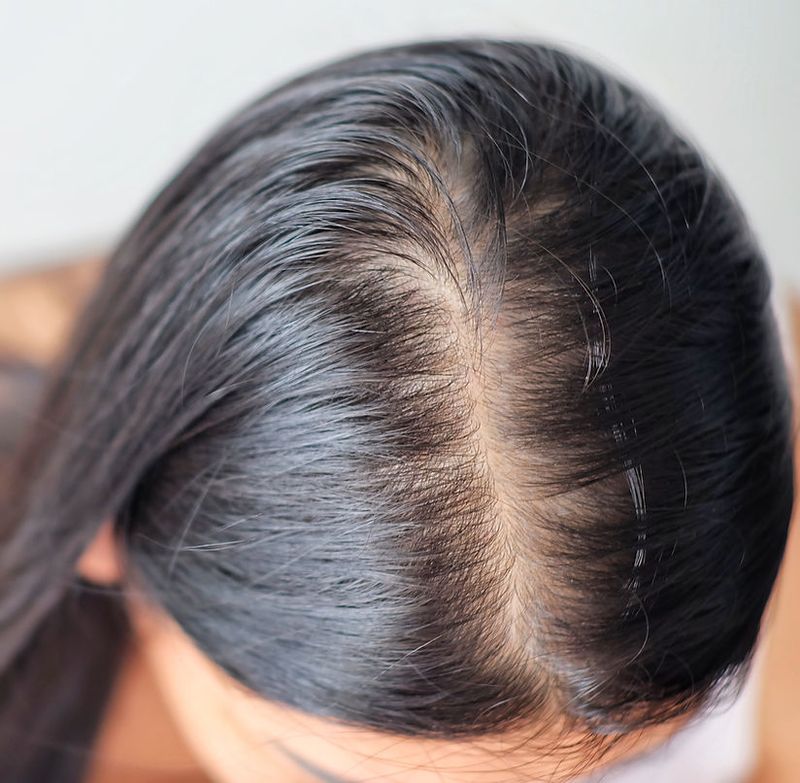Dealing with a sensitive scalp can turn everyday hair styling into a painful challenge. The burning, itching, and redness that follows using certain products or tools can be frustrating.
But having a sensitive scalp doesn’t mean you have to give up on fabulous hairstyles – you just need the right approach!
1. Choose Hypoallergenic Hair Products
Look for shampoos and styling products labeled “hypoallergenic” or “for sensitive skin.” These formulations skip harsh chemicals that trigger reactions.
Fragrance-free options are particularly gentle on irritable scalps.
Related: -7 Straight-Hair Problems No One Talks About And 8 Easy Fixes That Shine
2. Patch Test New Products
Apply a tiny amount of any new product behind your ear or on your inner wrist first. Wait 24 hours to check for reactions.
This simple step can save your scalp from painful inflammation later.
3. Warm Water Rinses Only
Hot water strips natural oils and irritates sensitive scalps. Lukewarm or cool water keeps your protective barrier intact.
Make the final rinse with cool water to close cuticles and add shine.
4. Embrace Air-Drying Techniques
Heat styling tools can trigger scalp irritation. Try plopping with a microfiber towel for curls or loose braids for waves.
Microfiber towels absorb moisture without rough friction against your scalp.
5. Dilute Essential Oils Properly
Never apply undiluted essential oils directly to your scalp! Mix just 2-3 drops with a tablespoon of carrier oil.
Jojoba oil makes an excellent carrier since it closely resembles natural scalp sebum.
6. Protective Hairstyles With Minimal Tension
Loose buns, soft braids, and low ponytails reduce pulling on your sensitive scalp. Always secure with fabric-covered elastics.
The key word is “loose” – you shouldn’t feel any pulling sensation.
7. Brush Gently With Natural Bristles
Wooden or natural bristle brushes create less static and friction than plastic ones. Start at the ends and work upward.
Brushing from roots first causes painful tugging and breakage.
8. Apply Aloe Vera For Instant Relief
Fresh aloe gel straight from the plant or refrigerated pure aloe vera provides cooling relief for irritated scalps.
Apply directly to inflamed areas before styling for a protective barrier.
9. Low-Heat Styling Alternatives
Heat protectant is non-negotiable! Try heatless curlers, silk scrunchies, or foam rollers for volume and waves.
When you must use heat, keep tools on the lowest effective setting.
10. Scalp-Friendly Dry Shampoo Application
Hold dry shampoo at least 6 inches away from your head. Apply to roots only, then wait 2 minutes before brushing through.
This distance prevents concentrated product buildup that can irritate sensitive scalps.
11. Pre-Style Scalp Massage With Oil
Gently massage argan or jojoba oil into your scalp 30 minutes before washing. This creates a protective barrier against styling products.
Use fingertips in circular motions – never nails or harsh pressure.
12. Choose Metal-Free Hair Accessories
Metal clips and pins can scratch your scalp and trigger reactions. Opt for fabric scrunchies, wooden clips, or coated elastics.
Silk scrunchies create minimal friction and are gentlest on sensitive skin.
13. Overnight Conditioning Treatments
Apply a lightweight leave-in conditioner focusing on ends, avoiding direct scalp contact. Cover with a silk bonnet while sleeping.
This protects your hair without product buildup on your sensitive scalp.
14. Rinse Thoroughly After Washing
Product residue is a major irritant! Rinse for a full minute longer than you think necessary to remove all traces.
Tilting your head forward under the shower stream helps water reach your entire scalp.
15. Maintain A Consistent Styling Routine
Constantly switching products confuses your scalp and triggers reactions. Once you find gentle products that work, stick with them.
Keep a diary of products and reactions to identify your specific triggers.

